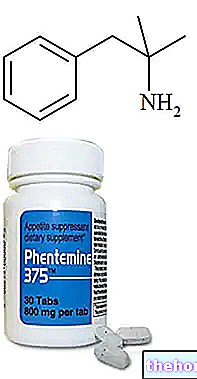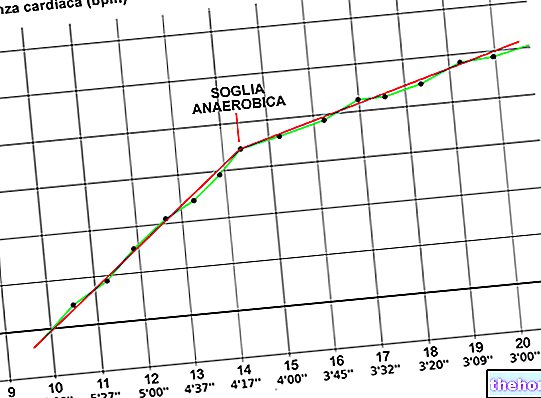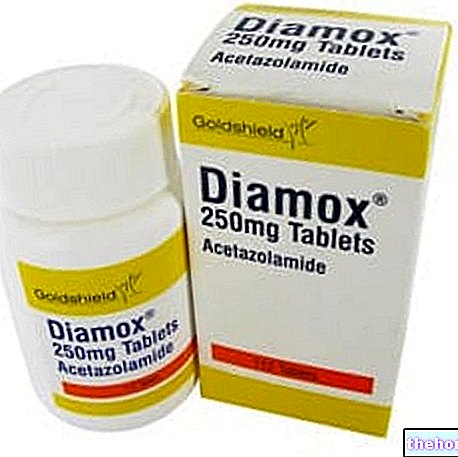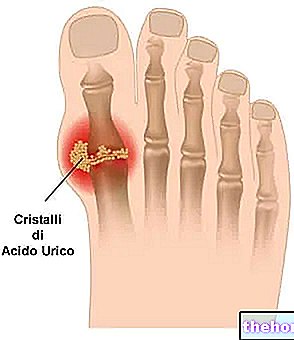
What is Saxenda and what is it used for?
Saxenda is a medicine indicated, in addition to diet and physical activity, to promote weight management in adult patients:
- obese (with a body mass index - BMI - of 30 or more);
- overweight (BMI between 27 and 30) and with weight-related complications such as diabetes, abnormally high blood fat levels, high blood pressure or obstructive sleep apnea (frequent interruption of breathing during sleep).
BMI is a parameter that provides information on body weight in relation to height. Saxenda contains the active substance liraglutide.
How is Saxenda used?
Saxenda is available as a solution for injection in pre-filled pens. The medicine can only be obtained with a prescription. Saxenda is given once a day, preferably at the same time each day. It is administered by subcutaneous injection into the thigh, upper arm or abdomen. The starting dose is 0.6 mg per day. Thereafter the dose should be increased up to 3.0 mg per day in 0.6 increments. mg at one week intervals.
Saxenda should be discontinued if patients have not lost at least 5% of their initial body weight after 12 weeks of therapy at a dose of 3.0 mg Saxenda per day. The physician should periodically evaluate the need for further treatment.
How does Saxenda - liraglutide work?
The active substance in Saxenda, liraglutide, is a 'GLP-1 receptor agonist (glucagon type peptide-1)', which is already authorized in the EU at lower doses (up to 1.8 mg per day) with Victoza name for the treatment of type 2 diabetes. Saxenda's exact mechanism of action in weight loss is not fully known, but it is believed that the medicine acts on the brain areas that regulate appetite by binding to the receptors of the GLP-1 present in brain cells. The result is an increase in the feeling of satiety and a decrease in hunger signals.
What benefit has Saxenda - liraglutide shown during the studies?
Saxenda has been shown to be effective in reducing body weight in 5 main studies involving over 5,800 obese or overweight patients. In these studies, which lasted up to 56 weeks, Saxenda was compared with placebo (a dummy treatment). The study participants took the medicine as part of a weight management program that included a cycle of sessions and counseling on diet and physical activity. Considering the results of the 5 studies in total, Saxenda was taken at a daily dose of 3 mg resulted in a 7.5% reduction in body weight compared to the 2.3% reduction seen in patients treated with placebo. Patients treated with Saxenda experienced a continuous decrease in body weight in the first 40 weeks of treatment, at at which weight reached was maintained. Weight loss was more pronounced in women than in men. When data from main studies were re-analyzed using a more conservative method, which ruled out any signs of improvement in patients who did not have following completion of the study (approximately 30%), similar, albeit smaller, decreases in weight were observed in the tr group. attacked with Saxenda.
What is the risk associated with Saxenda - liraglutide?
The most common side effects with Saxenda (which may affect more than 1 in 10 people) are nausea, vomiting, diarrhea and constipation. For the full list of side effects and limitations reported with Saxenda, see the package leaflet.
Why has Saxenda - liraglutide been approved?
The Agency's Committee for Medicinal Products for Human Use (CHMP) decided that Saxenda's benefits are greater than its risks and recommended that it be approved for use in the EU. The CHMP agreed that Saxenda has a modest effect ( especially in men) and yet clinically relevant in terms of weight loss. As for safety, the most common side effects of Saxenda (such as nausea) are affecting the stomach and intestines. To limit these effects, at the start of therapy the dose of Saxenda should be gradually increased over 4 weeks. An ongoing study with Victoza should provide further information on the long-term safety of liraglutide (especially regarding its effects on the heart and blood vessels).
What measures are being taken to ensure the safe and effective use of Saxenda - liraglutide?
A risk management plan has been developed to ensure that Saxenda is used as safely as possible. Based on this plan, safety information has been added to the summary of product characteristics and package leaflet for Saxenda, including the appropriate precautions to be followed by healthcare professionals and patients. Further information can be found in the summary of the risk management plan
Other information about Saxenda - liraglutide
On 23 March 2015, the European Commission issued a "Marketing Authorization" for Saxenda, valid throughout the European Union. For the full version of the EPAR and the summary of Saxenda's risk management plan, please visit the website Agency: ema.Europa.eu/Find medicine / Human medicines / European public assessment reports. For more information on Saxenda therapy, read the package leaflet (included with the EPAR) or contact your doctor or pharmacist. Last update of this summary: 03-2015
The information on Saxenda - liraglutide published on this page may be out of date or incomplete. For a correct use of this information, see the Disclaimer and useful information page.




























